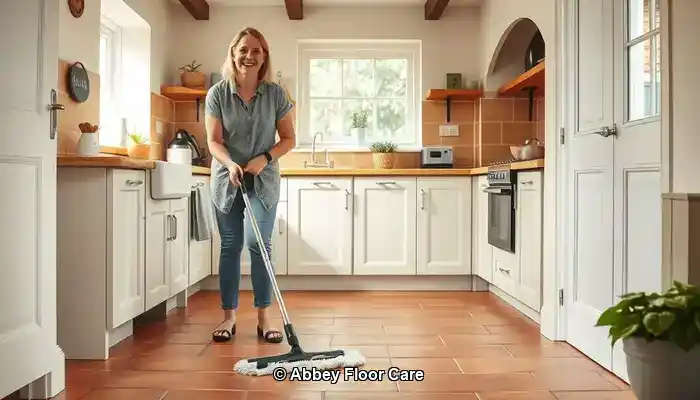
Last Updated on September 29, 2025 by David
Proven Techniques to Ensure Your Terracotta Floors Remain Spotless
-
- Understanding the Porous Nature of Terracotta reveals why dirt accumulates quickly, especially in humid climates like Surrey.
- Essential Sealing Procedures are crucial to protect your tiles from moisture and dirt infiltration.
- Regular Cleaning and Maintenance Are Key—Implement daily sweeping along with weekly mopping using pH-neutral cleaners to significantly boost the durability and visual appeal of your terracotta tiles.
- Avoid Harsh Chemicals and Steam Mops, since these can damage the sealant and harm the tile surface.
- Choose Eco-Friendly Cleaning Solutions, particularly in homes with pets or children, to maintain a safe living environment.
- Consider Professional Cleaning Services for comprehensive cleaning and resealing, ensuring your tiles are well-protected over time.
- Utilize Area Rugs and Mats Wisely in high-traffic zones to minimize the transfer of dirt onto your tiles.
- Moisture Management Is Crucial—ensure proper ventilation and promptly address spills to prevent staining and mould growth.
Why Does Terracotta Accumulate Dirt So Quickly?
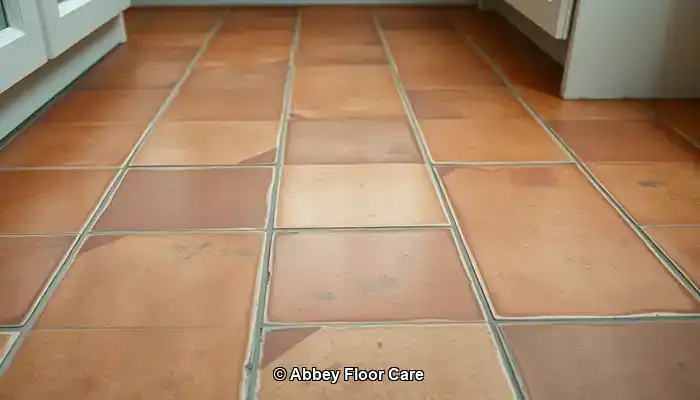
Terracotta tiles are an aesthetically pleasing flooring option, especially in traditional or rustic-style homes throughout Surrey. Their warm colors and natural textures add a unique character to any environment. However, despite their undeniable beauty, terracotta is notorious for its rapid dirt accumulation. Understanding the underlying reasons for this phenomenon is vital for implementing effective cleaning and maintenance strategies.
Expert Recommendations: Top Products for Ongoing Terracotta Care
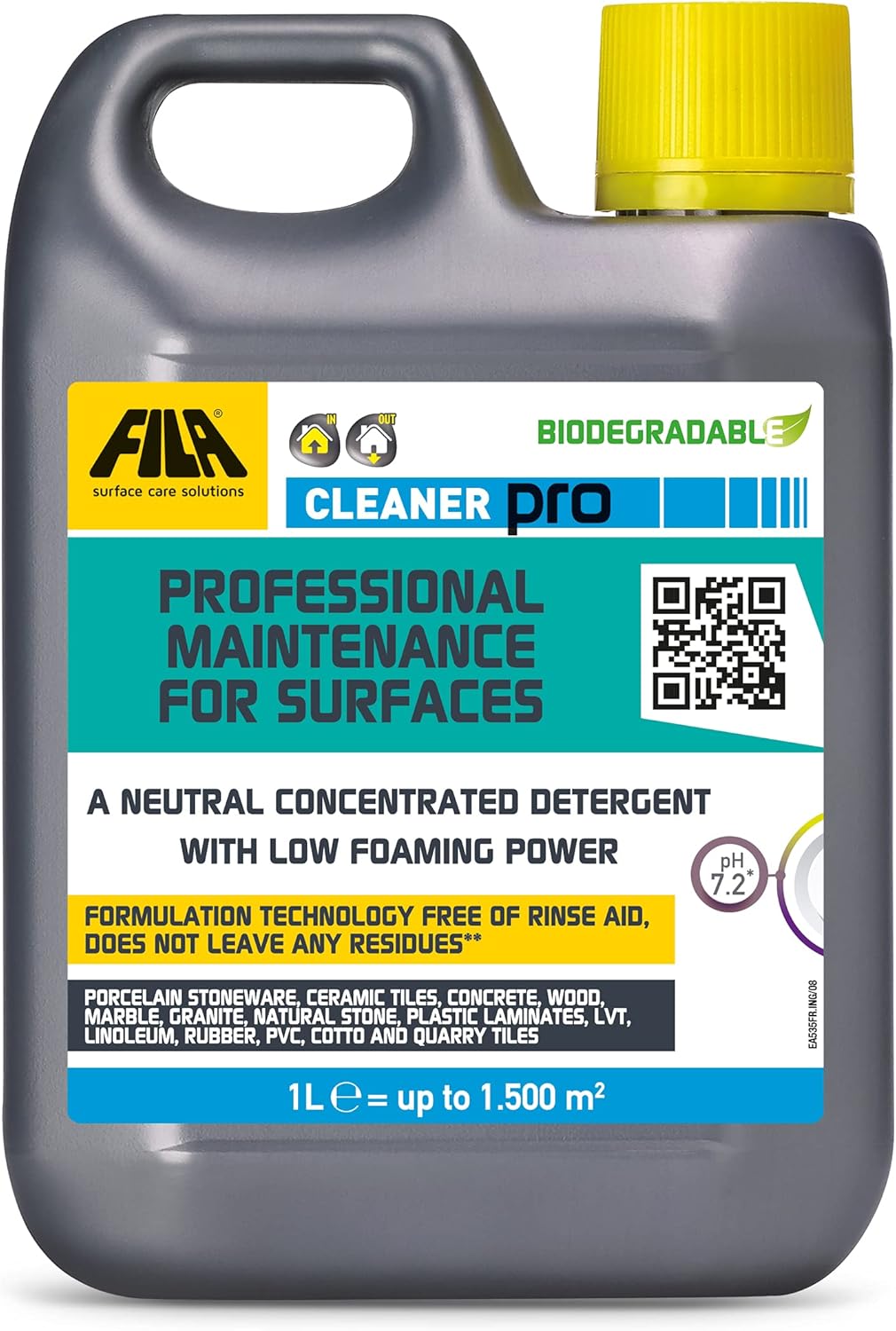
Fila Pro Floor Cleaner
|
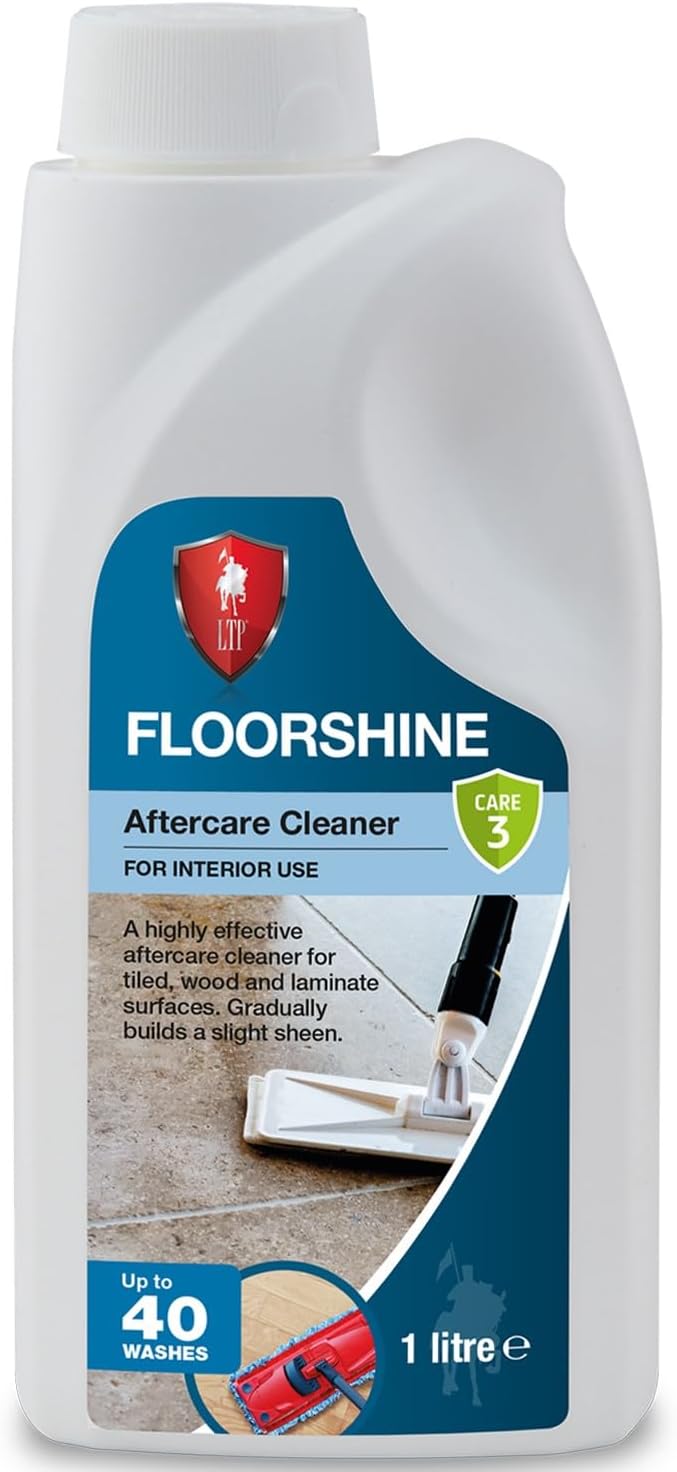
LTP Floorshine
|
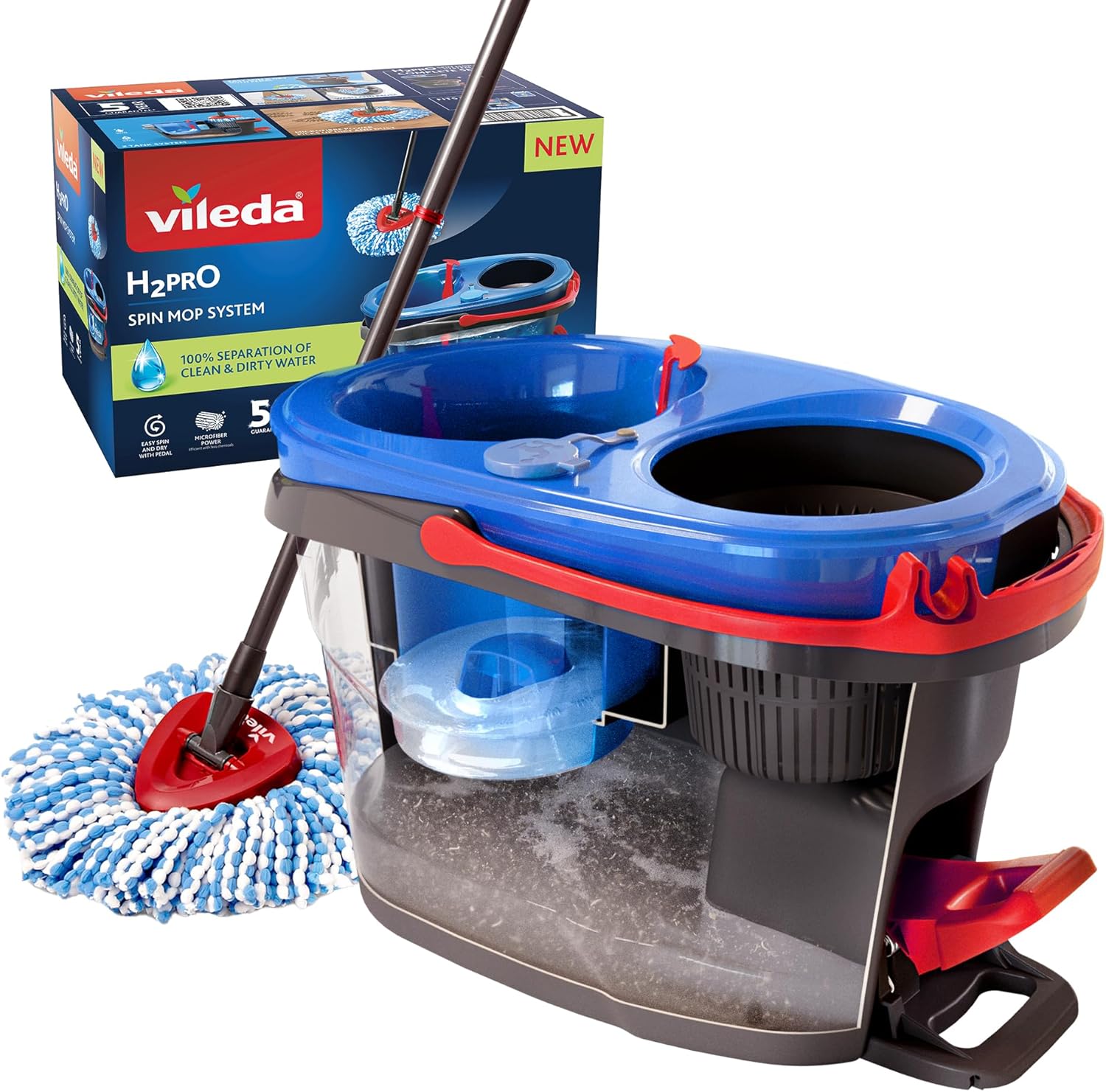
Vileda H2PrO Spin Mop System
|
Understanding Porosity: The Key Element in Dirt Accumulation
Terracotta is made from natural clay and is fired at significantly lower temperatures than other tile types. This manufacturing process creates a highly porous surface that quickly absorbs moisture, oils, and dirt, functioning similarly to a sponge. In practical terms, this porosity allows grime to penetrate deeply into the tile, making it increasingly difficult to remove with ordinary cleaning methods.
Unsealed terracotta is particularly susceptible to staining. Without a protective layer, even minor spills or muddy footprints can result in permanent marks. Over time, this leads to a dull, stained look that can be challenging to restore without professional intervention.
How Does the Climate in Surrey Affect Dirt Accumulation on Terracotta Floors?
The climate in Surrey plays a significant role in how rapidly terracotta floors collect dirt. The region's frequent rains and damp conditions result in increased moisture being brought indoors, particularly in areas like entryways and conservatories.
Homes located near wooded areas or gardens are especially prone to dirt buildup. Soil, pollen, and organic debris can easily transfer onto terracotta surfaces, especially if shoes are not removed at the door.
Which Daily Habits Can Intensify Dirt Accumulation on Terracotta?
Alongside environmental influences, daily activities can worsen the dirt problem. Using improper cleaning agents, such as acidic solutions or bleach, may strip away protective coatings and harm the tile's surface. Although steam mops might seem convenient, they often push moisture deeper into the tile, worsening the situation.
High-traffic areas, such as kitchens and hallways, naturally experience more wear. Without regular sweeping and mopping, dirt accumulates quickly and becomes embedded in the tile’s texture.
Proven Strategies for Sustaining Clean Terracotta Floors
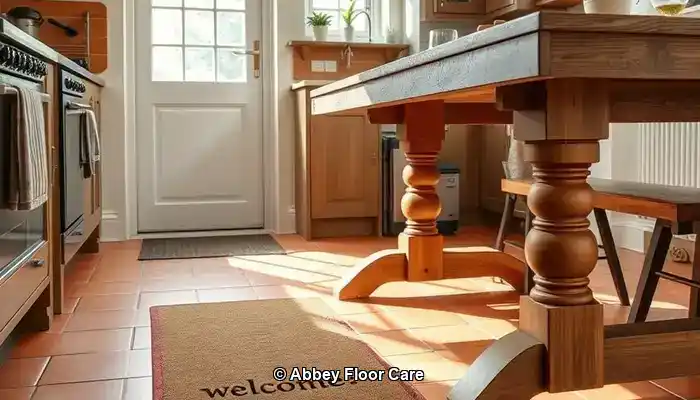
Maintaining clean terracotta floors goes beyond simply responding to dirt; it requires proactive measures to prevent grime from settling in the first place. In homes across Surrey, where damp conditions and garden traffic are common, proactive maintenance is vital for preserving the natural beauty of terracotta tiles.
Sealing: Your Primary Protection Against Dirt Infiltration
The most effective method for preventing terracotta from becoming dirty too quickly is through proper sealing. A high-quality, breathable sealant creates a protective barrier that repels moisture, oils, and grime. For homes in Surrey, where humidity levels can fluctuate, sealing is crucial to prevent water absorption that can lead to staining and mould growth.
Experts recommend resealing terracotta every 12 to 18 months, depending on foot traffic and exposure. In high-usage areas like kitchens, hallways, and conservatories, more frequent sealing may be necessary. Always choose a sealant specifically designed for porous stone and avoid glossy finishes that can trap dirt.
Strategic Placement of Rugs and Mats: Enhancing Cleanliness
Thoughtfully positioning rugs and mats can greatly reduce the amount of dirt that reaches your terracotta tiles. Heavy-duty doormats at entry points effectively catch mud and moisture before they enter your home. In high-traffic areas, such as hallways or under dining tables, area rugs act as a protective barrier, shielding the tiles from excessive wear.
For rooms with direct access to outdoor spaces, consider using washable runners that can be easily cleaned regularly. These not only help maintain the integrity of your tiles but also enhance the visual appeal of your living space.
Managing Moisture in Homes Throughout Surrey
The humid environment of Surrey can accelerate dirt accumulation on terracotta tiles. To counteract this, use dehumidifiers in enclosed spaces and ensure proper ventilation throughout your home. Quickly wipe up spills and avoid leaving wet items, like shoes or towels, on the floor.
If your terracotta is installed in a conservatory or garden room, consider adding blinds or UV filters to minimize condensation and prevent sun damage. These simple adjustments can significantly impact how your tiles age over time.
By combining effective sealing, intelligent design choices, and moisture management strategies, homeowners in Surrey can markedly slow down the rate at which terracotta floors gather dirt. In the following section, we will discuss the best cleaning practices to maintain that fresh, natural look day after day.
Best Cleaning Practices for Terracotta Tiles
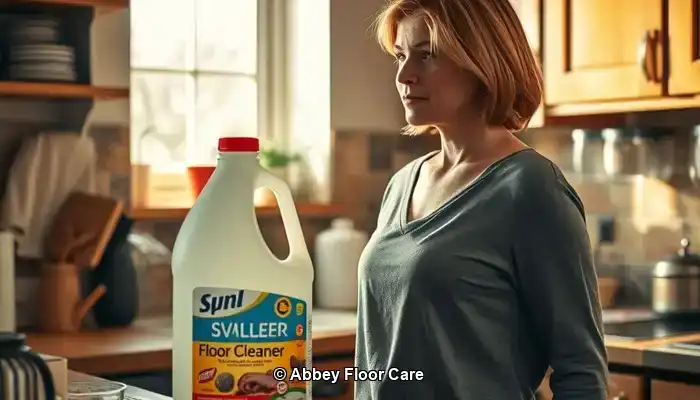
Even with the right sealing and preventative measures in place, terracotta floors demand regular care to maintain their natural charm. The key lies in utilizing the correct techniques and products that effectively clean without harming the porous surface of the tile.
Establishing a Daily and Weekly Cleaning Routine
In homes across Surrey, where outdoor elements frequently enter, daily sweeping or vacuuming is essential. Use a soft-bristle broom or a vacuum designed for hard floors to eliminate dust, grit, and organic debris before it settles into the tile.
For weekly cleaning, mop with warm water and a pH-neutral cleaner specifically formulated for natural stone. It is critical to avoid soaking the floor—damp mopping is the preferred technique. Excess moisture can seep into the tile, causing staining or mould growth, particularly in older or poorly sealed installations.
Selecting the Right Cleaning Products for Terracotta
Opt for products that are both gentle and effective. Look for labels that state “stone-safe,” “non-acidic,” or “pH-neutral.” In Surrey, where eco-conscious living is increasingly valued, many homeowners prefer biodegradable cleaners that are safe for both pets and children.
Avoid multi-surface cleaners containing bleach, ammonia, or citrus extracts, as these can strip sealants and etch the terracotta, making it more vulnerable to future staining.
For stubborn stains, use a soft cloth with a diluted solution of stone cleaner. Never scrub with abrasive pads or wire brushes, as these can scratch the surface and create challenges for subsequent cleaning.
Cleaning Methods to Avoid: Harsh Chemicals and Steam Equipment
While steam mops may seem convenient, they are not suitable for terracotta. The high heat and moisture can penetrate the tile and weaken the sealant, resulting in long-term damage. Likewise, acidic cleaners like vinegar or lemon juice, even when diluted, can erode the tile's surface and cause discoloration.
Stick to gentle cleaning methods and always test any new products on a small, inconspicuous area before applying them to the entire floor.
Comparing Professional and DIY Care for Terracotta Floors
When it comes to maintaining terracotta floors, many homeowners in Surrey start with DIY cleaning methods. While regular sweeping and mopping can be beneficial, there comes a time when professional assistance is not just advantageous but essential.
When Should You Reach Out to a Tile Specialist in Surrey?
If your terracotta tiles show signs of deep staining, uneven color, or surface wear, it may be time to seek professional help. Tile care specialists in Surrey utilize advanced tools and stone-safe products that penetrate deeper than typical household cleaners. They can also assess whether your sealant has deteriorated and recommend an appropriate resealing schedule based on your home's specific conditions.
Restoration services typically include deep cleaning, stain removal, and reapplication of breathable sealants that protect without altering the tile’s natural look. For older homes or heritage properties, specialists can even replicate the original finish to maintain authenticity.
Evaluating Costs Versus Longevity: Is Professional Care Worth the Investment?
While DIY cleaning may seem more cost-effective, it often leads to only temporary results. Without proper sealing and thorough cleaning, dirt continues to build up, requiring more frequent maintenance and risking irreversible damage.
In contrast, professional care enhances the lifespan of your terracotta floors. A single restoration session can rejuvenate color, eliminate embedded grime, and protect the surface for months or even years. This investment proves beneficial in high-traffic areas like kitchens or hallways, as it reduces maintenance demands and improves visual appeal.
Homeowners in Surrey who prioritize long-term property care and curb appeal often find that enlisting expert services provides peace of mind and superior results. Furthermore, many local providers offer eco-friendly options and customized maintenance plans to fit your lifestyle.
Sustainable and Safe Cleaning Alternatives for Terracotta
The natural beauty of terracotta deserves care that is equally organic. For homeowners in Surrey wishing to maintain clean floors without compromising health or sustainability, eco-friendly cleaning solutions are an excellent choice. Thankfully, modern products and techniques make it possible to protect your tiles and home without resorting to harsh chemicals.
Selecting Non-Toxic Sealants and Cleaners
Traditional sealants often contain solvents that emit volatile organic compounds (VOCs), which can linger in the air and negatively impact indoor air quality. Nowadays, eco-friendly alternatives utilize water-based formulas that are low in VOCs and safe for use around children and pets.
When choosing a cleaner, look for labels that indicate “biodegradable,” “plant-based,” or “stone-safe.” These products are specifically designed to lift dirt without damaging the porous surface of terracotta. Brands specializing in natural stone care often provide concentrated solutions that can be diluted for daily use, thereby reducing waste and packaging.
Safe Cleaning Solutions for Pets and Children
In bustling households throughout Surrey, safety is as crucial as cleanliness. Avoid using bleach, ammonia, and acidic cleaners like vinegar, which can damage the tile and pose risks to pets and young children. Instead, opt for gentle formulations derived from coconut oil, citrus enzymes, or mineral-based ingredients.
For those who prefer to make their own cleaning solutions, a simple mixture of warm water and a few drops of castile soap can be surprisingly effective for light cleaning tasks. Just ensure to test any homemade solution on a small area first to confirm it does not negatively affect the sealant or finish.
Implementing Sustainable Cleaning Practices
Eco-friendly care encompasses not just the products used but also the adoption of mindful habits. Utilize reusable microfiber cloths and mops instead of disposable cleaning pads. Regular sweeping can lessen the frequency of wet cleaning. When resealing, choose products with recyclable packaging and minimal environmental impact.
Several floor care professionals in Surrey now offer green cleaning packages, employing certified non-toxic products and sustainable methods. If you're uncertain where to start, arranging a consultation with a local expert can assist you in developing a routine that is both effective and environmentally responsible.
Preserving the Beauty of Your Terracotta Floors
Terracotta flooring brings warmth, character, and timeless elegance to homes throughout Surrey. However, its porous nature requires careful attention to keep it clean and vibrant. By understanding the factors that contribute to rapid dirt accumulation on terracotta, ensuring proper sealing, and implementing effective cleaning practices, you can significantly reduce grime buildup and prolong the life of your tiles.
Whether you are managing a busy household or restoring a heritage property, consistency is key. Daily sweeping, utilizing pH-neutral cleaning products, and resealing seasonally can greatly enhance the upkeep of your tiles. If stains or wear start to appear, do not hesitate to consult a local specialist for professional restoration.
Utilizing eco-friendly products and safe cleaning routines guarantees that your floors remain beautiful without compromising health or environmental integrity. With the right approach, terracotta can continue to be a stunning feature in your home for many years to come.
Are you ready to protect your floors intelligently? <a href=”https://www.abbeyfloorcare.co.uk/home-garden/porcelain-tile-repair-near-me-east-calder/”>Contact us today</a> for expert terracotta maintenance tailored to the unique conditions of Surrey. Let’s collaborate to keep your home looking its very best—naturally.
Common Questions About Terracotta Floor Care
Terracotta floors are classic yet come with specific maintenance requirements. Below are responses to the most frequently asked questions from Surrey homeowners seeking to keep their tiles clean, protected, and visually appealing.
How Often Should I Reseal My Terracotta Tiles?
In most homes in Surrey, terracotta should be resealed every 12 to 18 months. However, this schedule can vary based on foot traffic, moisture exposure, and whether the tiles are indoors or outdoors. Areas such as kitchens, hallways, and conservatories may require more frequent resealing. If you notice your tiles absorbing water or looking dull, it’s time to reseal.
Can I Use Vinegar or Bleach on Terracotta Tiles?
No—vinegar, bleach, and other acidic or harsh cleaners can damage terracotta. These substances degrade sealants and etch the tile surface, resulting in permanent discoloration. Always opt for pH-neutral, stone-safe cleaners specifically formulated for porous flooring.
What’s the Best Mop for Cleaning Terracotta Floors?
A microfiber mop is ideal for terracotta. It effectively traps dust and dirt without scratching the surface, using minimal water—this is crucial for porous tiles like terracotta. Avoid sponge mops or steam mops, as they can oversaturate the tile and weaken the sealant.
Is It Safe to Use DIY Cleaning Solutions?
Yes, but with caution. A mild mixture of warm water and castile soap can be effective for light cleaning. Always test any homemade solution on a small, hidden area first. Avoid anything acidic or abrasive, and never apply homemade cleaners to unsealed tiles.
What Should I Do If My Tiles Are Already Stained?
If stains have set in, professional restoration is your best option. Tile care specialists based in Surrey can perform deep cleaning, remove embedded grime, and reseal the surface to restore the tile’s original color and texture. DIY methods may worsen the damage if inappropriate products are used.
The Article Tired of Dirty Terracotta? How to Keep It Clean Longer first found on https://www.abbeyfloorcare.co.uk
The Article Keep Terracotta Clean Longer: Tips for a Spotless Finish appeared first on https://fabritec.org
The Article Terracotta Cleaning Tips for a Spotless Finish Was Found On https://limitsofstrategy.com
The Article Terracotta Cleaning Tips for a Pristine Result First Appeared ON
: https://ad4sc.com

